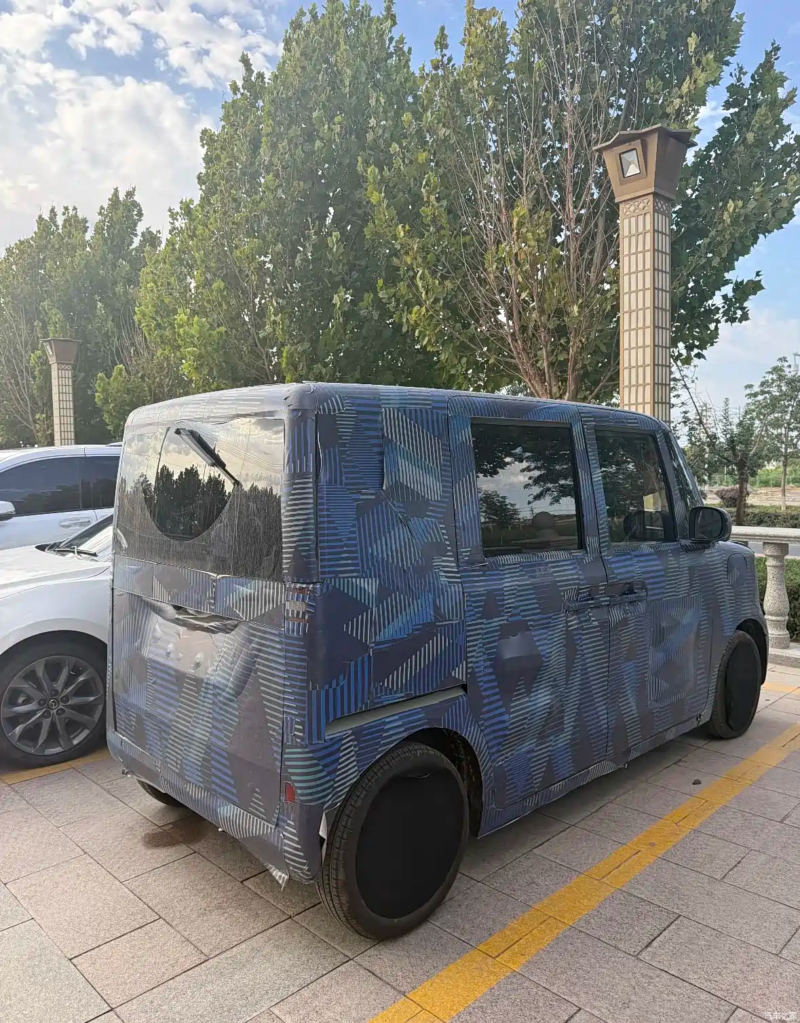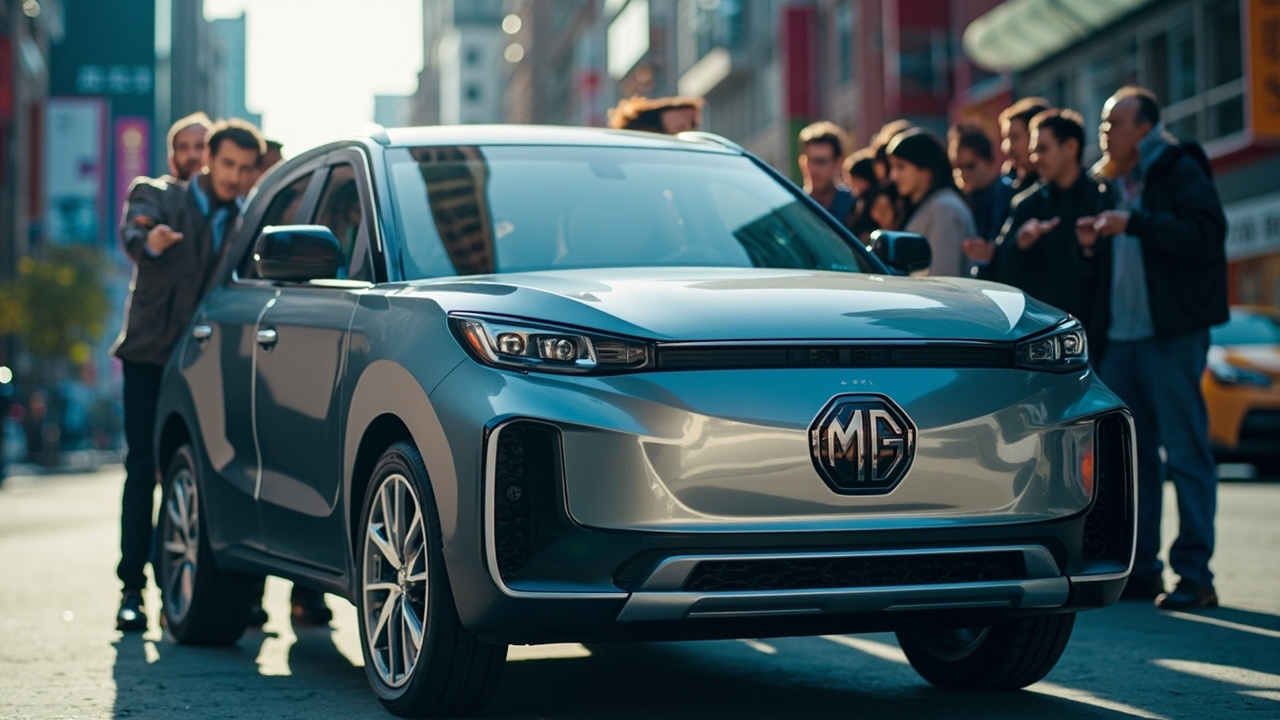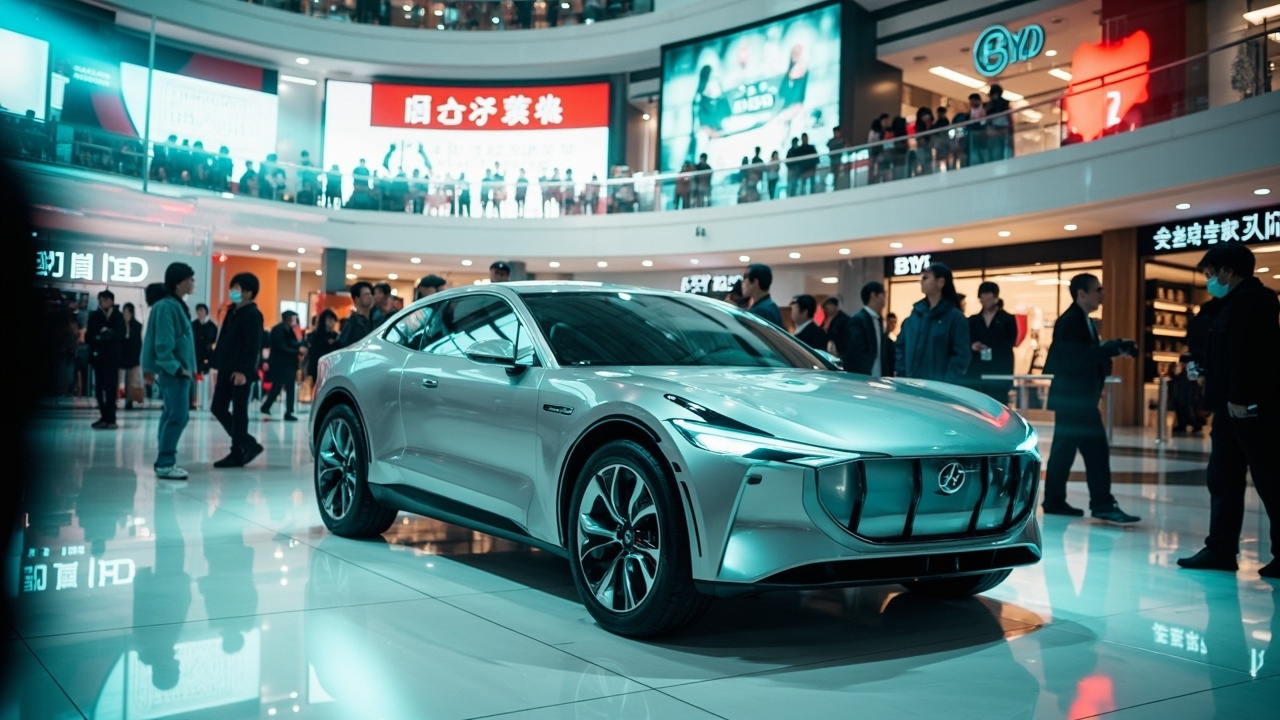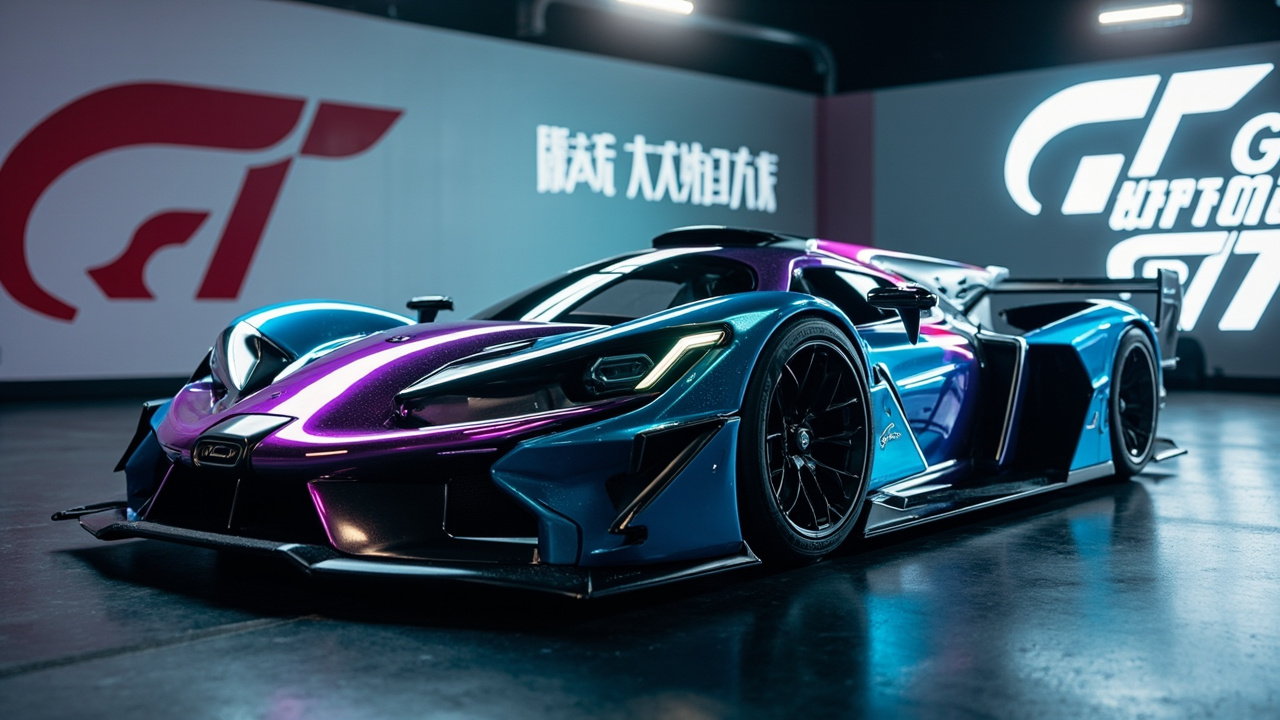Tesla Targets Bay Area Airports as Next Step for Robotaxi Rollout
Reports on manufacturing, labor and earnings with clear, practical context. Drives a Tesla Model 3 RWD; family hauler is a Volvo XC60.
Tesla is setting its sights on Silicon Valley's bustling airports for the next phase of its ambitious Robotaxi rollout, marking a significant step in the company's journey towards autonomous ride-hailing services. The electric vehicle giant has initiated conversations with regulators to gain the necessary approvals for operating at three major Bay Area airports: San Francisco International, San Jose Mineta International, and Oakland International.
Tesla's foray into airport operations represents a strategic move in a highly competitive environment dominated by companies like Waymo. High-traffic airports have long been a contested domain for autonomous vehicle firms, and Tesla's interest signals its intent to capture a share of this lucrative market. According to Politico, Tesla's senior regulatory counsel, Casey Blaine, has been actively engaging with California regulators to secure permits for pick-ups and drop-offs at these busy transportation hubs. Although no permits have been granted yet, Tesla's discussions with airport authorities indicate a proactive approach to expanding its Robotaxi services.
The California Public Utilities Commission (CPUC), the primary body regulating ride-hailing services in the state, has been in direct communication with Tesla. The agency's officials have visited Tesla's Palo Alto offices to better understand the company's ride-hailing technology and its safety protocols. CPUC spokesperson Terrie Prosper emphasized the importance of compliance and transparency in Tesla's operations, highlighting the need for clear representation of services to the public. This regulatory attention underscores the challenges and responsibilities Tesla faces as it ventures into this new sector. As Tesla expands its Robotaxi app, which opened to the public in September, the company continues to operate with safety drivers, a precautionary measure as they strive for full autonomy by the year's end.
Tesla's ambition extends beyond just airport operations. The company is eyeing the broader potential of autonomous vehicles, not only as a ride-hailing service but as a transformative force in urban mobility. The Robotaxi initiative is part of Tesla's larger vision of integrating AI-driven transportation solutions into everyday life. Elon Musk has consistently highlighted the importance of autonomy in Tesla's future, envisioning a world where fully self-driving cars revolutionize how people travel. This vision aligns with broader industry trends, where the race to achieve true autonomy is underway among tech and automotive giants alike.
The implications of Tesla's Robotaxi rollout are profound, influencing not just the automotive industry but also urban planning and environmental policy. Autonomous vehicles promise to reduce congestion and emissions, offering a cleaner, more efficient alternative to traditional transportation. However, they also present challenges such as regulatory hurdles, public acceptance, and the need for robust safety mechanisms. Tesla's pursuit of airport operations is a microcosm of these larger challenges, as the company navigates the complexities of integrating its technology into real-world settings. The outcome of Tesla's efforts in the Bay Area could serve as a blueprint for future expansions, potentially reshaping how cities incorporate autonomous vehicles into their infrastructure.
As Tesla advances towards its goal of a fully autonomous ride-hailing service, the company's interactions with regulators, competitors, and the public will be critical. The success of Tesla's Robotaxi service in the Bay Area could pave the way for further expansion across the United States and beyond. Stakeholders will be closely watching how Tesla addresses safety, regulatory, and technological challenges. With Elon Musk at the helm, Tesla is poised to push the boundaries of what is possible in autonomous transportation, potentially setting new standards for innovation and efficiency in the industry.
About Priya Nair
Reports on manufacturing, labor and earnings with clear, practical context. Drives a Tesla Model 3 RWD; family hauler is a Volvo XC60.



